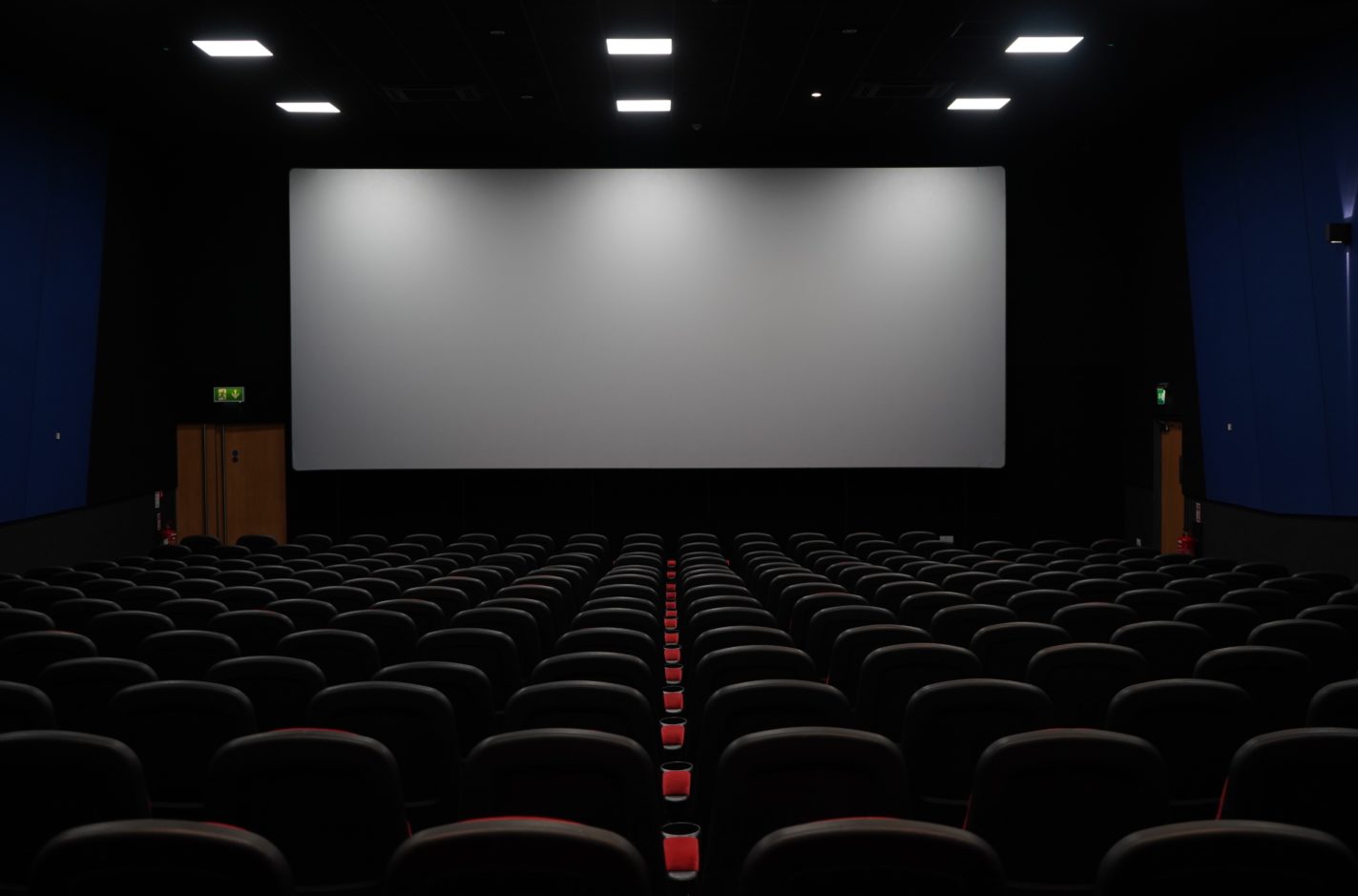Writing Cinematically: 3 Movie Techniques to Apply to Your Book
There are so many similarities between movies and good books that sometimes we don’t know the line which separates them. Both novelists and screenwriters employ different book writing techniques which have some things in common but are aimed at portraying different pictures in each reader’s mind. When you read a good book, you immediately wish for its movie adaptation to happen like with the Dune or The Interview with a Vampire.

What separates each movie script from any literary work is probably the abundance of head-hopping examples that do not belong in a novel.
Which is supposed to turn your imagination or use clever wordplay.
That doesn’t mean that one should emulate screenwriting techniques in his stories in hope that Netflix will pick up his work and make a feature film or a series based on it.
Make Story Outline
Every story needs its solid structure with no gaps or unnecessary moments that make reading a dull or tedious experience that puts you into sleep mode.
The first lesson they teach you in any filmmaking class is that your story must resonate with people’s feelings in a very intimate way.
That requires digging deep into any subject matter, writing from personal experience, and making valuable insights that help viewers relate.
This is more difficult to achieve on screen as writing novels allows you to play with words and make readers preoccupied for hours while an average movie lasts up to ninety minutes.

Despite such constraints, many classic novels have done some marvelous job at steadily building their store to its climax thus influencing movies that will be made decades later.
Perhaps the best examples of good short stories pacing and deep research are those old gothic works that deal with complex issues like human psychology or our hidden nature.
Readers are gradually taken to a climax, almost effortlessly and painlessly.
If you ever read The Yellow Wallpaper by Charlotte Perkins Gilman, you would immediately recognize how much meticulous planning was put into its story structure and its symbolism.
This is a sign of well-structured books when everything seems to be happening naturally and for a reason.
This classic example is often cited in many free essay samples, and it surely served as an inspiration for people who wrote the script for a Sinner series, starring Jessica Beil.
Developing Character’s Arch
If you are not sure how to write a scene in a novel, you can consult any movie script, but the most important trick one can learn from movie school is developing interesting and memorable characters.
Let’s admit, no one likes one-dimensional, flat characters who fit into stereotypes like token angry wife, or that token comic relief neighbor that no one really thinks is funny.
We memorize complex or colorful characters like the Leprechaun from American Gods or the Butcher from Gangs of New York.
That is the course you should follow if you wish to make readers fall in love with your writings.
There is nothing more mysterious or enigmatic like an interesting backup story that explains who one came to be who he is today.
Do Not Turn Book Into A Movie Pitch

Here is one academic piece of advice that sounds more like a warning for writers who may be too zealous moviegoers in their hearts.
One should stick to what he does best and try not to emulate screenwriters when writing literature.
Many college students make this mistake by turning their idea for a novel into some Netflix film pitch by emulating a movie plot or action sequences that might look good on screen.
Supplemental Reading
Reading some cool essays on books for free to download can make you learn a lot about the difference between books and scripts.
The books just don’t work that way, as they might end up sounding like sterile essay assignments that follow a certain template reserved for movie scripts.
There is so much that an aspiring young writer can learn from exploring good screenplays or directors who are able to portray those words into motion pictures.
Other Resources
For any student of film or writing, watching or studying works of Scorcese or Wes Anderson is more valuable than formal education in creative writing, storytelling, or filmmaking.
Various screenwriting techniques can make you a better student of human character, story structure, and give you that sense of good pace or punch line delivery.
They can also help you understand the significance of certain scenes, mood portrayals, and the importance of a smooth dialog.
Just do not fall into an old trap and confuse your screenplay with a novel because the end result can be one quite messy and incoherent abomination.
